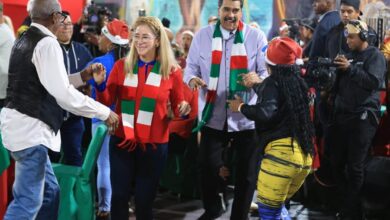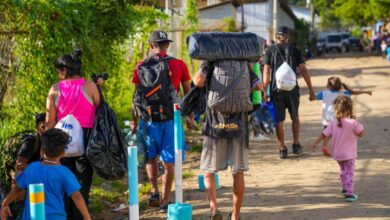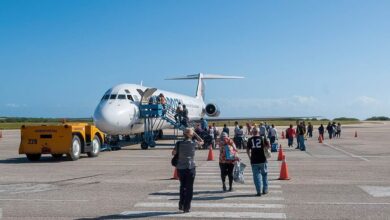El Mayo’s Plea Deal May Be Fueling U.S. Missile Strikes off Venezuela
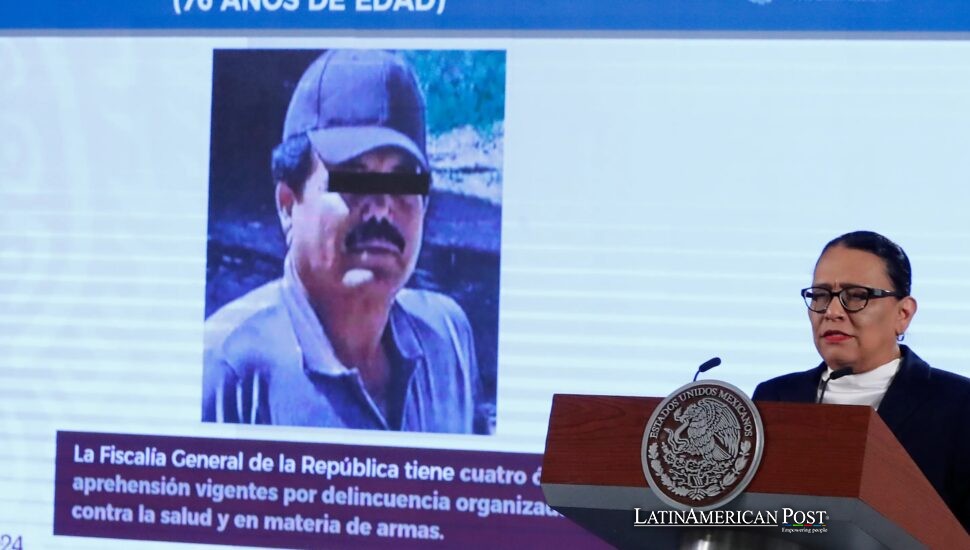
After decades as a fugitive, Sinaloa Cartel co-founder Ismael “El Mayo” Zambada has flipped. His plea deal in Brooklyn may have yielded the intelligence now guiding U.S. warships as they fire on suspected drug boats off Venezuela, The New York Post reported.
From Plea Deal to Targeting Coordinates
The sequence reads like fiction: a cartel patriarch trades secrets, U.S. destroyers prowl Caribbean waters, and small boats vanish in fireballs. According to The New York Post, intelligence guiding President Trump’s recent strikes near Venezuela traces back to 77-year-old El Mayo Zambada, who last month pleaded guilty to trafficking and to plotting murders and torture. In exchange, prosecutors dropped the death penalty, leaving him with a life sentence.
“It’s clear to me that El Mayo Zambada cut some deals with the U.S. government, and tipped them off about how Venezuela’s Cartel de los Soles was working with the Sinaloa Cartel,” said Robert Almonte, a Texas-based security consultant and former El Paso deputy police chief, in remarks quoted by the paper.
The timing matters. Days after the plea, Trump surged U.S. warships into the Caribbean. By September, two strikes destroyed suspected “drug-carrying” vessels off Venezuela’s coast—one killing 11, another killing three on Monday, according to reporting cited by The New York Post. In July, Washington had already sanctioned the Cartel de los Soles as a narcoterrorist group, and Maduro has been under U.S. indictment since 2020. The mosaic suggests that Zambada’s map of routes and partners now underpins a campaign that blends courtroom confessions with naval firepower.
A Boat War Broadcast in Real Time
If the intelligence flow is secret, the spectacle is anything but. After Monday’s hit, Trump posted strike footage to Truth Social with a warning in all caps: “IF YOU ARE TRANSPORTING DRUGS THAT CAN KILL AMERICANS, WE ARE HUNTING YOU.” Earlier this month, his team released another clip of a nighttime blast at sea.
The images are stark—warships in silhouette, a flare of light, a smuggler’s boat erased in seconds. They mark a departure from traditional maritime interdictions that end with arrests and seizures. Each strike, Attorney General Pam Bondi argued, also pressures Venezuela’s government, which she accused of providing “material support” to both the Sinaloa Cartel and Venezuela’s Tren de Aragua, as reported by The New York Post.
Zambada’s résumé makes him a potent informant. For decades, he managed Sinaloa’s logistics—coordinating labs, shipments, and alliances from Colombia to Venezuela. “There’s no doubt about it,” Almonte told the paper. “Zambada cut a deal, and gave the government all he knew about Venezuela and the U.S. is acting on it.” He added that such a figure would likely secure protections for his family in Mexico as part of cooperation—proof of how one man’s plea can ripple from Brooklyn to the Caribbean.
The Sinaloa Succession and New Bounties
The fallout is not limited to the sea. This week, the State Department offered a $5 million reward for Juan José Ponce Félix, alias El Ruso, described by Almonte as “the right arm of El Mayo.” According to The New York Post, Zambada’s briefings may have exposed fresh command structures.
At the same time, the DEA announced 170 arrests tied to Sinaloa in New England, along with seizures of 245 kilos of narcotics, dozens of weapons, and $11 million in cash. The message is clear: the plea deal is echoing across investigations.
Zambada’s pivot marks the biggest turn in the cartel’s leadership since Joaquín El Chapo Guzmán’s fall. El Mayo had evaded capture for nearly 40 years until Mexican authorities lured him onto a plane last year and delivered him to Texas. He initially pleaded not guilty but changed his stance in Brooklyn last month, The New York Post reported. Another blow: Ovidio Guzmán López, one of El Chapo’s sons, pleaded guilty in July, further tightening the vise on Sinaloa’s old guard.
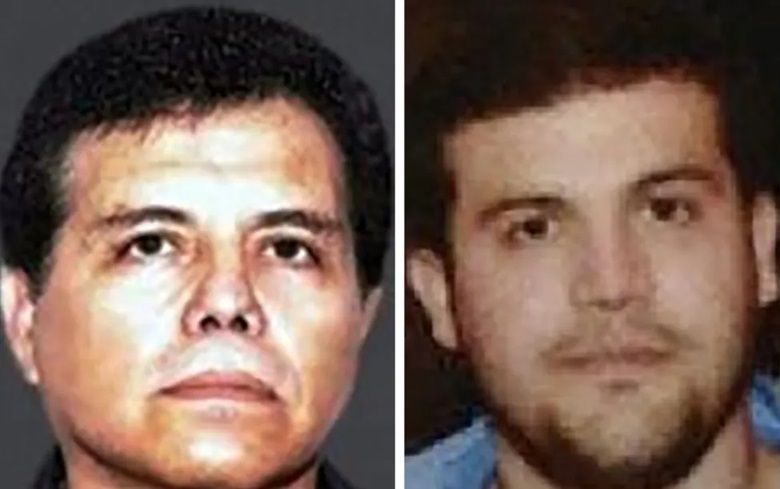
EFE@Mario Guzmán
High Seas Strikes, Higher Stakes in Venezuela
For Washington, the stakes stretch beyond one cartel. Almonte told The New York Post the Trump administration aims to weaken Maduro and force him from power. U.S. sanctions frame Venezuela not as a passive player but as the core of a narcoterrorist network—a claim Maduro rejects.
Each strike risks escalation: a naval standoff, reprisals by traffickers, and a legal storm over the use of lethal force in international waters. Traditionally, boats suspected of smuggling were boarded, not bombed. Now the doctrine looks different: demonstrate reach, sow fear, and tie Venezuela’s coast to America’s fentanyl fight.
The formula is brutal in its simplicity. A plea deal becomes coordinates. A courtroom transcript becomes an operations order. A cartel founder’s cooperation fuels videos of fire on the horizon. If The New York Post’s sources are right, El Mayo has achieved what few kingpins manage: reshaping his own story. The government gets a map; the capo avoids the needle; and the Caribbean becomes the stage of a new strategy.
Also Read: Trinidad and Tobago Fishers Brave Gunboats, Pirates, and Politics to Feed Their Families
What remains uncertain is how long the circle can hold. Intelligence ages. Alliances shift. Sea lanes adapt. But for now, the sequence is intact: a confession in Brooklyn, a plume of smoke at sea, a president’s warning in all caps—and a drug war whose loudest echoes resound off Venezuela’s coast.c


